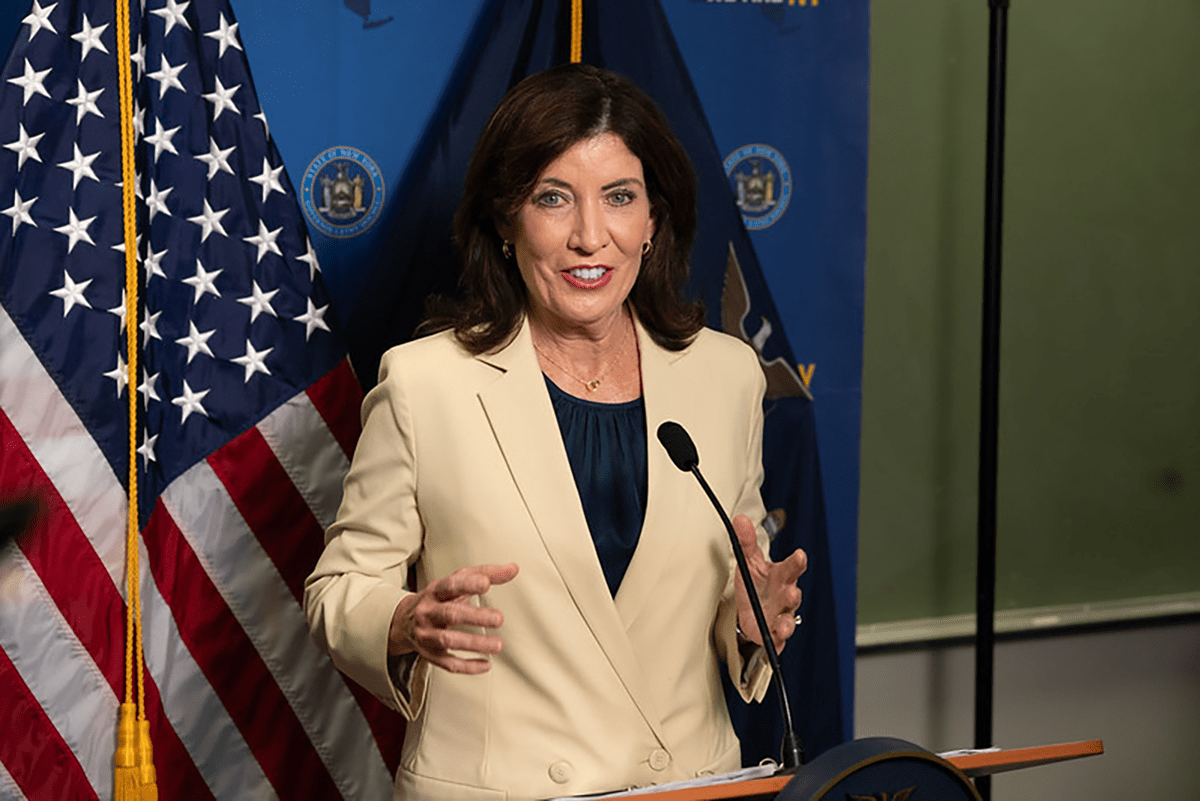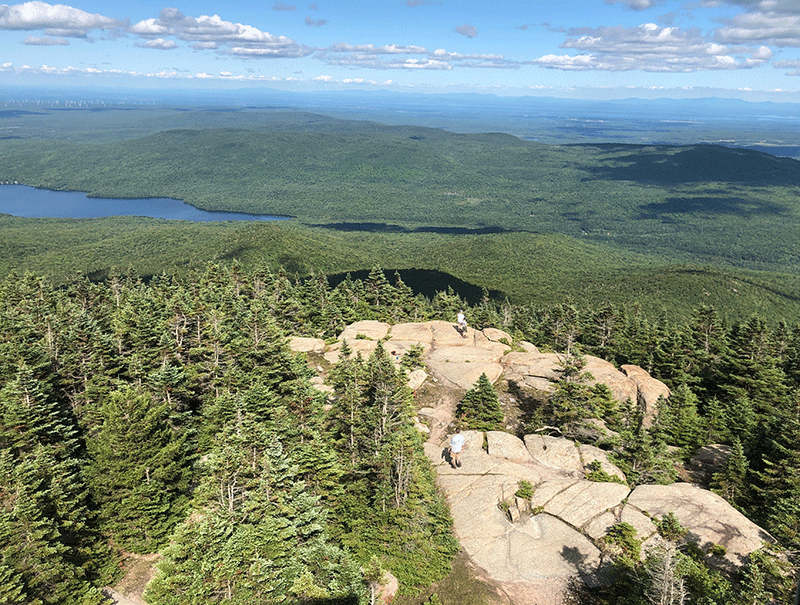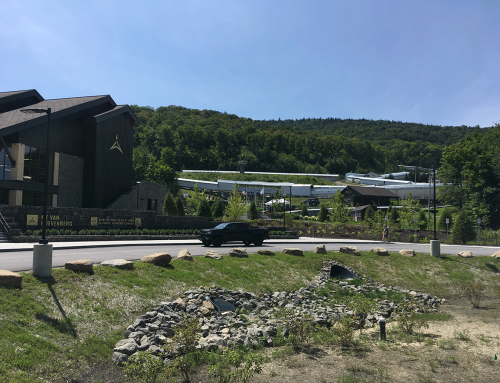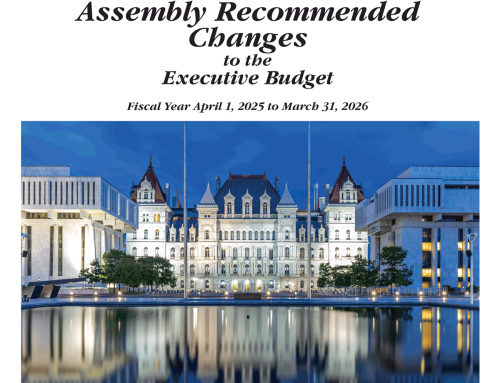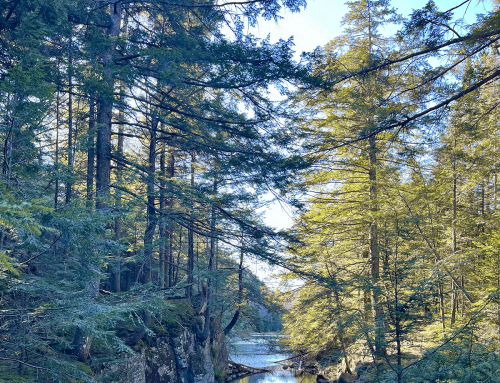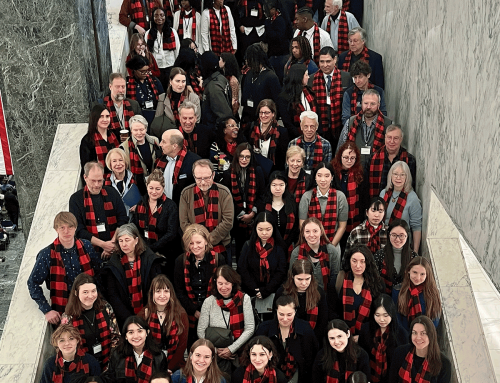Governor Kathy Hochul needs to make land protection across New York State a major priority.
In 2022, Governor Kathy Hochul signed the “30 by 30” law that established a conservation goal for New York State of protecting 30% of the state’s “lands and inland waters” by the year 2030. This landmark environmental protection legislation enjoyed broad bipartisan support, passing the New York State Senate by a vote of 58 to 3, and the State Assembly by a vote of 137 to 8. Adirondack and North Country state officials Matt Simpson, Billy Jones, and Dan Stec all voted for this legislation. The 30 by 30 law commits New York to do its part to reach a similar national goal established by President Joe Biden in 2021 to protect 30% of the nation’s lands and waters by 2030. This legislation is a major step forward for protecting New York’s open spaces, forests, and wetlands, which are cornerstones of the State’s long-term climate resilience and mitigation efforts.
Ten other states have 30 by 30 efforts, including California, South Carolina, and Michigan, among others. Maryland has gone even further. In 2023, Maryland enacted the Maryland the Beautiful Act, which called for protecting 40% of the state by 2040. A recent study by the Appalachian Mountain Club (AMC) states that New Hampshire has conserved over 35% of its lands, while Massachusetts, which stands at 29.1%, Vermont at 28.6%, New Jersey at 29.6% and Delaware at 27.6% are all knocking at the door of protecting 30% of their lands.
On July 1st, the New York State Department of Environmental Conservation (DEC) and Office of Parks, Recreation, and Historic Preservation (OPRHP) released their draft “strategies and methodology” for conserving lands to meet the goal of the 30 by 30 law. DEC calculates that to date New York has conserved around 22% of its lands and called for protection of an additional 2,836,161 acres in order to reach the goal of protecting 30% of the state’s lands and inland waters. The report also stated that the state’s “outdoor recreation industry, which represented 248,000 jobs and over $25 billion in gross domestic product in 2021, is inextricably tied to the well-being of natural areas.” This marks the first time that the Hochul Administration and state environmental agencies have gone on the record about the need to protect at least 2.83 million acres in order to meet the State’s 30 by 30 goals.
So far, the 2020s mark a low point in land protection in New York’s history. From 2019 to 2024, just 43,000 acres were protected across the state. The combined administrations of Governor Andrew Cuomo and Governor Kathy Hochul have protected an average of 15,100 acres per year. Land protection has not been a focal point to date for Governor Hochul or her administration. Though Basil Seggos was the longest-serving DEC Commissioner, he was one of the weakest on land protection. One recent success was the 15,000 conservation easement over Follensby Pond, but even that landmark deal at the current rate of land protection under Governor Hochul, it will take New York State over 180 years to meet its 30 by 30 goal.
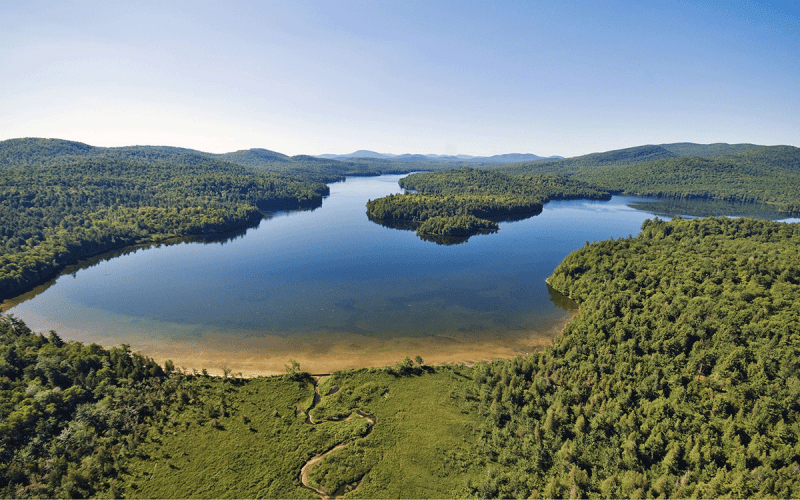
Follensby Pond was protected in perpetuity by the Nature Conservancy and the State of New York through two conservation easements.
It has not always been this way. New York has a long history of land protection. Many of the environmental jewels loved and appreciated, and widely used for recreation, across New York were protected by actions of the Governor. In the past, prior Governors prioritized land conservation and New Yorkers, and people from far beyond the state’s borders, have enjoyed these lands ever since. Far more than a state agency head or a State Senator or State Assembly Member, the Governor can make things happen around land protection. In fact, land has only really been protected on a significant scale in New York when the Governor relentlessly pushed state agencies and the state’s land buying apparatus into action.
Governor Nelson A. Rockefeller expanded the State Parks system by constructing or starting 55 new State parks, and he signed into law three major bond acts (1960, 1965, 1972) that raised more than $300 million for acquisition of park and forest preserve lands. According to the Rockefeller Institute of Government, the 1965 and 1972 bond acts remain the most significant amount of funding (in adjusted dollars) towards land conservation in New York State history, surpassing even the $4.2 billion bond act passed in 2022. His largest acquisition was over 50,000 acres of the Moose River Plains.
Governor Hugh Carey and DEC Commissioner Peter A.A. Berle purchased 11 High Peaks in 1977, including Blake, Colvin and Dial, and the Great Range — Lower and Upper Wolf Jaw, Armstrong, Gothics, Saddleback, Basin, and Haystack mountains. This deal also included Noonmark Mountain and Little Haystack Mountain. Commissioner Berle also put together the 25,000 acre deal in 1978 with The Nature Conservancy (TNC) to protect Lake Lila. The final piece of that deal, where a 50-year private use retainer was included, ends in 2028 on a large tract northwest of Lake Lila.
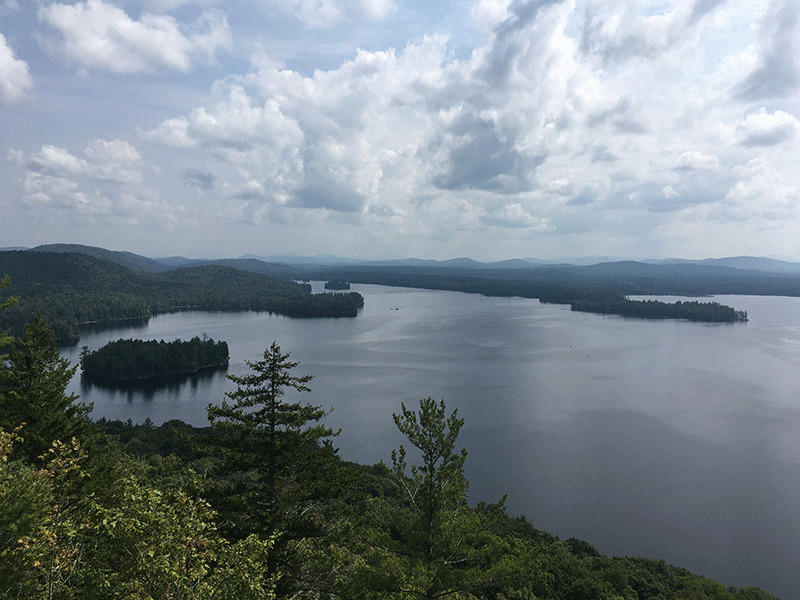
Lake Lila has been enormously popular for paddlers and hikers seeking quiet waters and Wilderness camping.
Governor Mario Cuomo protected over 200,000 acres across New York during his 12 years in office in the 1980s and 1990s. His signature purchases include the Bog River Flow and Watson’s East Triangle for the Adirondack Forest Preserve. He also purchased the State’s first major conservation easement of 40,000 acres as part of the 55,000-acre Lassiter-Diamond Matchstick Co. purchase. He championed the 1986 Bond Act, which provided key land protection funds ($250 million) and created and signed the Environmental Protection Fund (EPF) into law in 1993, which has provided hundreds of millions of dollars for land protection.
The most prolific and successful New York Governor for land protection in the last 100 years was George Pataki, who famously protected over one million acres in his three terms. Governor Hochul needs to take a page from the Pataki land protection playbook. Governor Pataki’s land protection successes reached every corner of New York State, including extensive additions to Sterling Forest (18,000 acres), the Shawangunk Ridge around Lake Minnewaska (20,000 acres), and Clarence Fahnestock Memorial State Park (8,000 acres). The string of lands protected in the Adirondack Park include many natural gems, including Henderson Lake, Little Tupper Lake, Madawaska Bog, Round Lake, Clear Pond, the South Branch of the Grasse River, Massawepie Mire, extensive stretches of the Middle Branch of the St. Regis River and Deer River, Tooley Pond, Lyon Mountain, and over 700,000 acres of conservation easements, including major easements in Hamilton County, St. Lawrence County, and Tug Hill. In addition, in his first term, Governor Pataki secured passage of the $1.75 billion 1996 bond act and he increased the Environmental Protection Fund from $50 million annually to $200 million, and prioritized land protection funding in each EPF. Governor David Paterson was in office when the 75,000-acre TNC-Finch lands conservation easement deal was finalized in 2010.
Imagine the Adirondack Park without any of these places. Imagine no public camping or paddling on Low’s Lake or Lake Lila, Henderson Lake, Little Tupper Lake or Round Lake. Imagine the Great Range in the High Peaks being kept behind a fence in private hands. Imagine Haystack Mountain as an exclusive private preserve. Imagine the Moose River Plains as private timberlands. These are all extraordinary gifts to the future from people who acted boldly in the past. The story is the same in many other parts of New York.
In two months, Governor Hochul will mark her third anniversary as Governor of New York. She has yet to articulate an agenda for the Adirondack Park. This spring, she famously walked away from other major environmental programs, such as the long-planned and highly-anticipated Congestion Pricing Program to improve chronic traffic and air pollution problems in New York City, and her administration has slow-walked the implementation of New York’s Climate Action Plan, recently announcing that a series of short-term 2030 climate goals will not be met. Governor Hochul should not turn her back on land protection and 30 by 30 and should instead lean into meeting the State’s goal for land conservation, which is immensely popular and essential for a variety of reasons.
The DEC document just released put the Hochul Administration on record for the need to protect 2.83 million acres across New York to meet the 30 by 30 goals. At some point early in 2025, the DEC-OPRHP are expected to release the new draft New York State Open Space Conservation Plan. The State has organized Regional Advisory Committees that are preparing land priority lists for each DEC region. This Open Space Plan should be the blueprint that details exactly how New York State will protect another protect another 2.83 million acres by 2030. The 30 by 30 law should shape the focus and objectives of the new Open Space Plan.
The world that those of us living today will pass on to our children and to their children and to their children is a world in the balance, facing major challenges on many levels. One thing we can do, the least we can do, is to bequeath to the next generations wild and beautiful spaces that are protected and widely available to everybody.
The 30 by 30 goal does not require that the state purchase all 2.83 million acres. The goal of the 30 by 30 law should be merged with the state’s Climate Action Plan prepared under the Climate Leadership and Community Protection Act (CLCPA). Land protection should be a cornerstone of CLCPA planning, complementing expansion of alternative energy sources, conservation, and improving the state’s transmission and electrical grid. One weakness of the state’s Climate Action Plan is the absence of a private forestland management program where lands are permanently protected, in some kind of “forever wild” state program for the purposes of carbon sequestration and long-term carbon storage. New York needs this type of private forestland program because there are many forestland owners in the Adirondacks and across the state who are not interested in managing their lands for commercial forestry, but who would be interested in a state program providing payments and long-term tax benefits in exchange for permanent open space protection and carbon storage. It is estimated that there are over 12 million acres of forestlands in parcels at 10 acres and bigger that are lightly developed or in open space and would be suitable for this type of program. The state should set a goal of protecting two million acres through a new climate-change-based forest management program. Such a program would meet objectives for both 30 by 30 and the CLCPA.
Governor Hochul has a major opportunity to improve her game when it comes to land protection. The Governor needs to prioritize land protection and make sure that the DEC is adequately staffed to buy land and that it has leaders in Albany and in every regional office who are committed to land protection. Land protection should be at the heart of Hochul’s Adirondack agenda. Governor Hochul should fully embrace 30 by 30 as a cornerstone of the state-wide climate program and as a vital part of a comprehensive agenda for Upstate New York that combines sustainable economic development, community resilience, long-term carbon storage, affordable housing, and water quality and open space protection. History shows that land protection is a winning investment in the future of New York State and the Adirondack Park.

